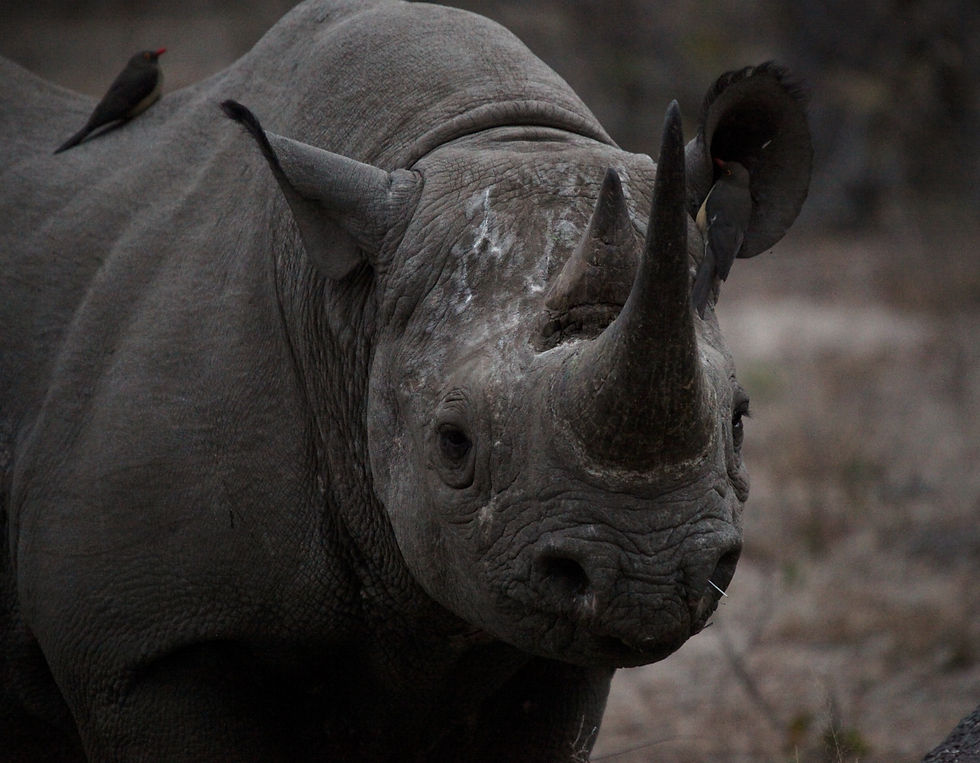Ben Dolbear reports on the encouraging population surge of the endangered black rhino in Eastern and Southern Africa, highlighting the efforts behind this remarkable recovery.

Photo by Andy Martin
The socio-ethical newspaper that’s independent, fact-driven, and empowering. Stay informed with Truprint. Subscribe from £1.16 today.
The endangered black rhino (Diceros bicornis), once teetering on the brink of extinction, has seen a remarkable population surge in recent years due to successful conservation efforts.
Targeted measures, such as anti-poaching initiatives, habitat restoration, and strategic relocation, have contributed to this recovery across Eastern and Southern Africa, areas historically devastated by poaching.
During the mid-1990s, the black rhino population dropped to fewer than 2,500 due to rampant illegal hunting driven by the demand for rhino horns in traditional medicine markets. This critical decline put the black rhino on the "critically endangered" list, with many experts fearing it could face extinction, much like other endangered species, such as the one-sixth of species in Great Britain at risk of extinction.
Since 2012, however, thanks to the introduction of stronger anti-poaching laws and improved relocation strategies, black rhino numbers have risen by approximately 2.5% annually. As of 2023, the population has climbed to around 6,421 individuals, up from just 4,845 in 2012.
One key example of these efforts is the relocation of 17 black rhinos from South Africa to Malawi in collaboration with African Parks and the British Army's 2nd Battalion Royal Gurkha Rifles. In their new habitat, these rhinos benefit from enhanced monitoring and protection, safeguarding them from poachers.
This success echoes other global conservation efforts, such as the return of sea turtles to the Bay of Bengal and global forest regrowth, showcasing the impact of sustained, targeted conservation initiatives.
Despite the positive outlook for black rhinos, the threat of poaching remains significant, particularly for the larger-horned white rhinos, whose numbers have continued to decline. For example, white rhino populations in South Africa’s Kruger National Park saw a 15% decrease between 2007 and 2012 due to increased poaching.
According to Grethel Aguilar, acting director general of the International Union for Conservation of Nature (IUCN),
"The continued slow recovery is a testament to the immense efforts made in the countries and a powerful reminder that conservation works."
The black rhino’s population surge is a powerful reminder that conservation efforts, when properly executed, can make a dramatic difference.
Did you know? Rhinos use dung to communicate, with each pile revealing unique information such as age, gender, and territory to other rhinos.
As the black rhino continues its slow recovery, it raises important questions: can these successful strategies be expanded to protect other endangered species, or will different approaches be required in the face of evolving poaching tactics?
Similar articles: The Countries Leaving the Controversial Energy Charter Treaty
Researcher: Ben Dolbear | Editor: Kate Byng-Hall | Updated: 2024







Comments